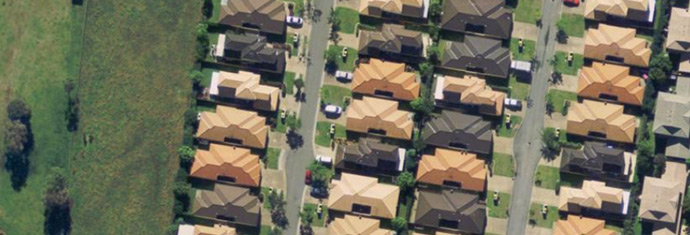Gratten Institute Report
Full Report - Tomorrow's Suburbs
The fringes of Australian cities are growing at a remarkable rate. But these new neighbourhoods won’t stay new for long. Over time, the profile and needs of their residents will change, as people move in and out, age, or their life circumstances alter in other ways.
Suburbs that cannot keep up with these changes by offering different kinds of housing and services will become less desirable places to live. If they fail to attract new residents and new businesses then they won’t undergo the renewal that is essential to a successful city.
By chance, certain characteristics of the older core of our cities have proved to be very flexible. Mixed-use neighbourhoods, diverse building types and strong transport links have made redevelopment viable.
Greenfield areas tend to lack these characteristics. Instead of mixed-use neighbourhoods, residential, commercial and other activities are largely kept separate. Town centres usually lack a diversity of shops and businesses. Transport networks are sometimes weak.
This report recommends ways to make our new suburbs, shopping centres and homes more adaptable to change, without imposing undue costs on current residents. We can do many things now to ensure that our newest suburbs are flexible enough to thrive for decades to come.
Words: Jane-Frances Kelly
All rights reserved to the Gratten Institute.
